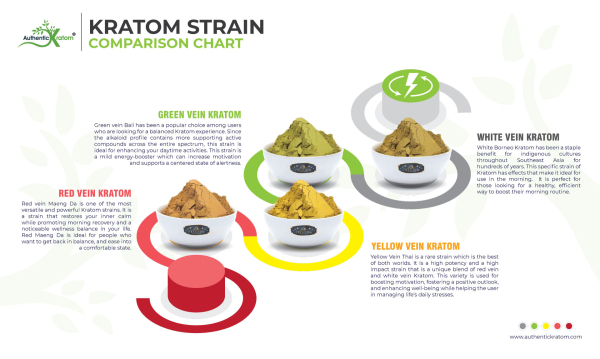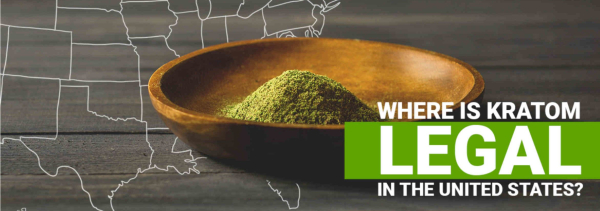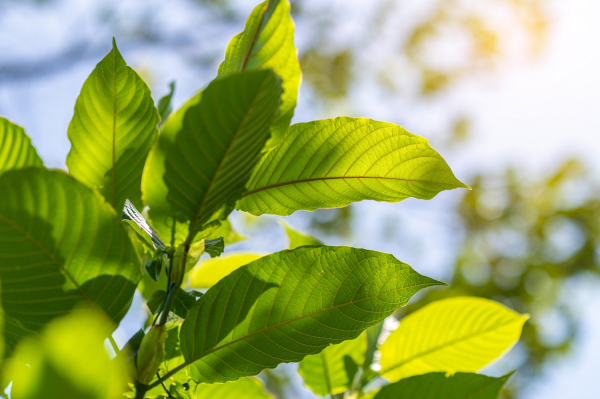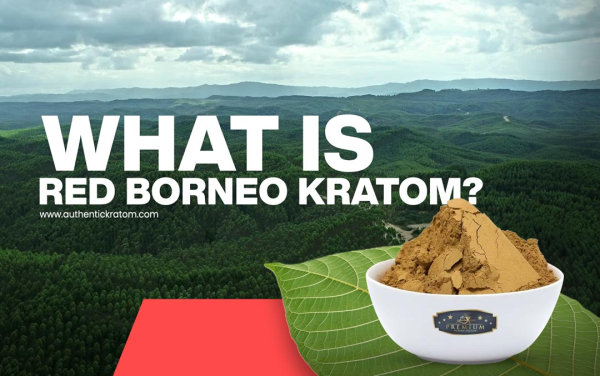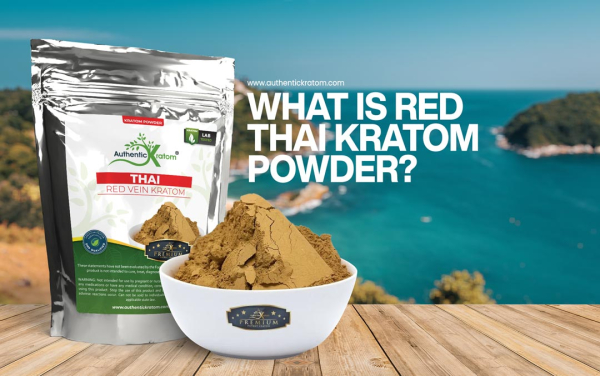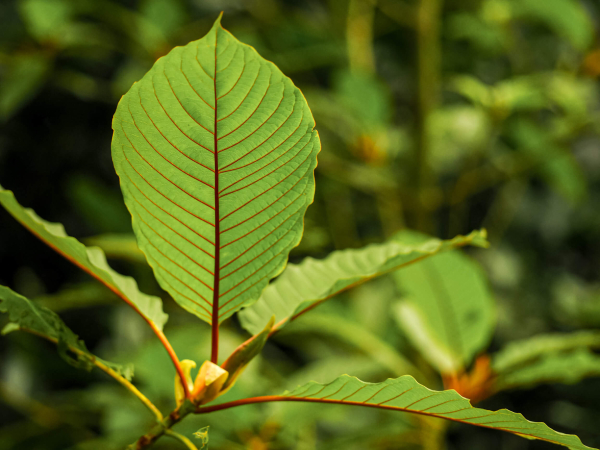- A Quick Overview of Southeast Asian Kratom
- What Is Indo Kratom?
- What Is Malaysia Kratom?
- Indo Kratom vs. Malaysia Kratom: Side-by-Side Comparison
- Understanding Vein Colors
- Alkaloid Content: Is There a Real Difference?
- Indo vs Malaysia Kratom - Legal Considerations
- FAQs About Indo vs. Malaysia Kratom
- Malaysia Kratom vs Indo Kratom - Final Thoughts
Indo Kratom vs. Malaysia Kratom: What's the Difference?
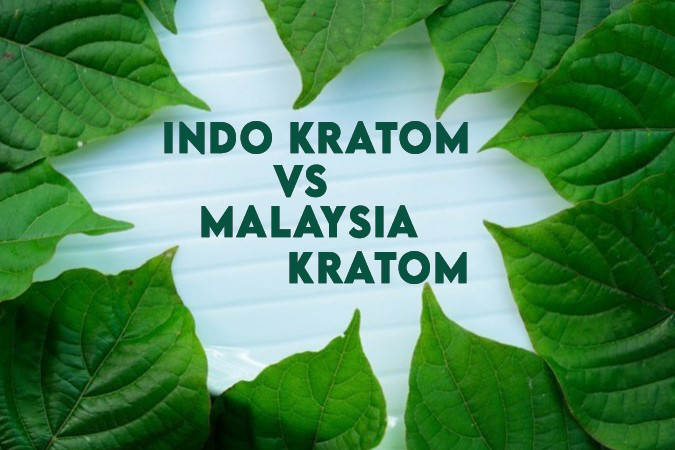

TL;DR: This guide compares Indo and Malaysia kratom, two varieties of Mitragyna speciosa grown in Southeast Asia. While both come from the same plant species, their differences stem from geographic origin, climate, and processing methods. Scientific data on their unique properties is limited, so most insights are based on anecdotal reports.
Disclaimer: This article is for informational purposes only and does not promote or endorse kratom use. Kratom is not FDA-approved, and its legal status varies by location. Always consult a healthcare professional before purchasing or using kratom products.
Kratom (Mitragyna speciosa) has grown in global interest over the past decade, largely due to its unique properties and diverse varieties. Native to Southeast Asia, this evergreen tree has been used traditionally in countries like Indonesia and Malaysia for centuries. But with so many different strains available, how do you know which one is which?
In this guide, we’re taking a closer look at Indo kratom vs. Malaysia kratom. What sets them apart? Where do they come from? And how do their growing conditions and processing methods shape their characteristics?
Let’s dive in.
Key Takeaways
- Indo and Malaysia kratom both come from the Mitragyna speciosa tree but are cultivated in different environments across Southeast Asia.
- Indo kratom is typically grown in Indonesia’s humid, volcanic regions and is widely available in red, white, and green vein varieties.
- Malaysia kratom, often harvested from wild trees, is known for its traditional use in Malaysian culture and typically features green and white vein types.
- Differences in soil, climate, and processing contribute to the subtle distinctions between these two strains, though research on their unique alkaloid profiles remains limited.
- Due to limited scientific data regarding kratom strain comparison, most insights are anecdotal and should be interpreted with caution.
A Quick Overview of Southeast Asian Kratom
Kratom is native to several countries in Southeast Asia, but its characteristics can vary widely depending on where it’s grown. That’s why you’ll often see kratom strains named after their region of origin - like Indo (Indonesia) or Malaysia.
While the plant is the same species, variations in soil, climate, and even local harvesting traditions can result in subtle differences between strains. These distinctions don’t necessarily mean one is “better” than another, but they can be useful for the broader understanding of kratom and kratom products.
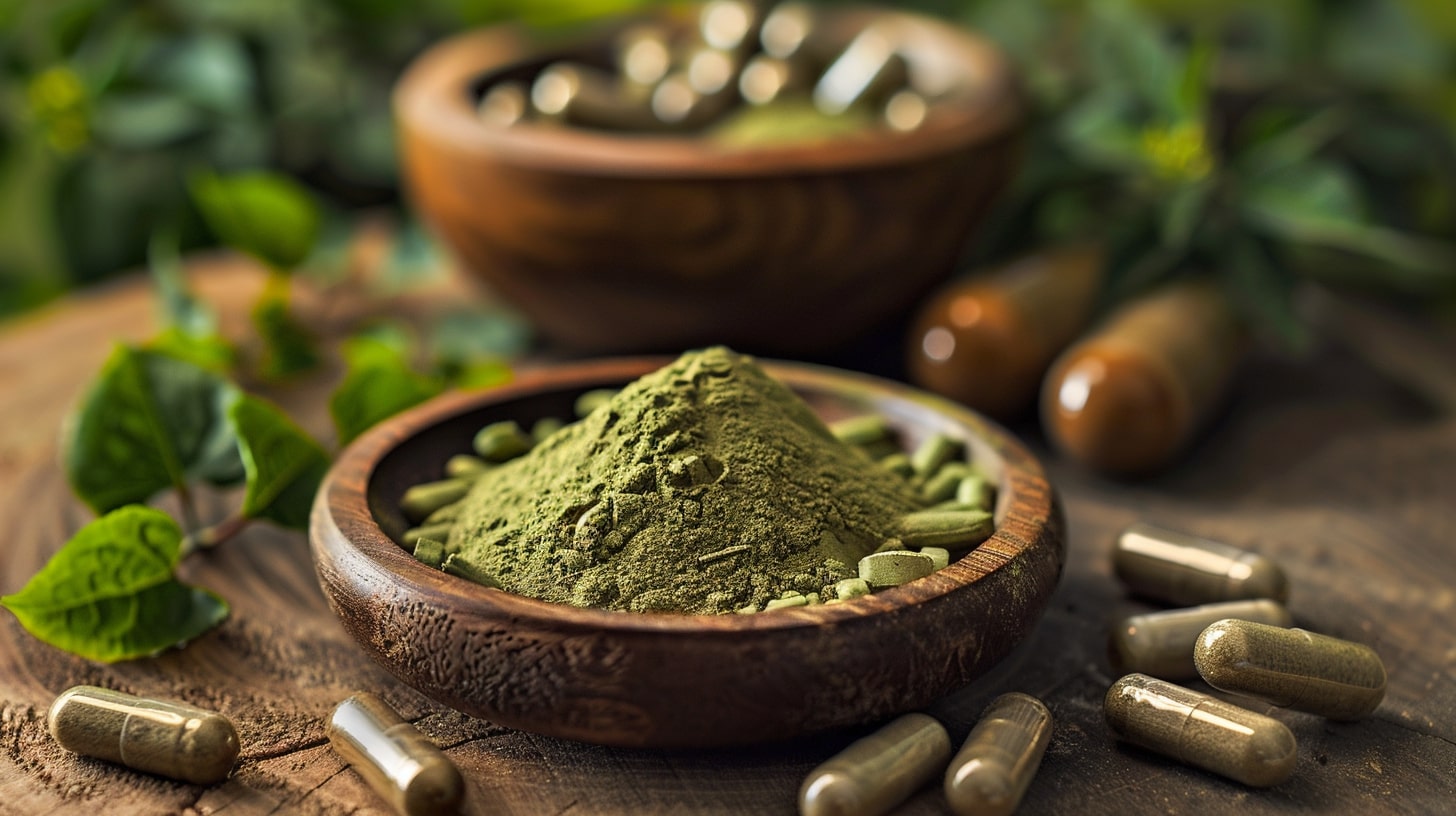
What Is Indo Kratom?
Indo kratom refers to kratom that originates in Indonesia, one of the largest global exporters of kratom leaves and powder. Most Indo kratom is grown in the lush, humid regions of Borneo, where the plant thrives in fertile volcanic soil.
Indo Kratom - Key Characteristics
- Grown in various regions across Indonesia, especially West Borneo.
- Often available in red, green, and white vein varieties.
- Usually dried using sun-drying or controlled indoor methods.
What Is Malaysia Kratom?
Malaysia kratom, also known as Malay kratom, comes from the dense rainforests of Malaysia. In this region, the plant, locally referred to as ketum, has traditional roots but is more restricted legally.
Malaysia Kratom - Key Characteristics
- Grown in Malaysia’s tropical and acidic soil.
- Known for its long, oval leaves and glossy green appearance.
- Typically harvested from wild or semi-wild plants.
Note on legality: Kratom is currently regulated under Malaysia’s Poisons Act, making its sale and use restricted in the region. However, the plant remains part of local discussions around traditional remedies and botanical research.
Indo Kratom vs. Malaysia Kratom: Side-by-Side Comparison
While both varieties come from the same species, these regional differences can influence how the kratom is harvested, processed, and perceived by those who use it.
Understanding Vein Colors
Whether you’re looking at Indo or Malaysia kratom, you'll often encounter green, white, and red vein varieties. These colors are based on the vein running down the middle of the leaf and are often associated with leaf maturity and drying techniques.
- Green Vein: Mid-harvested leaves. Often described as a balance between white and red.
- White Vein: Harvested early in the growth cycle. Typically lighter in appearance.
- Red Vein: More mature leaves, darker in color. Less common in Malaysia strains.
Did You Know?
Some suppliers also offer “yellow” or “gold” kratom, but these are usually blends or the result of specialized drying processes - not separate strains.
Alkaloid Content: Is There a Real Difference?
Kratom contains over 40 known alkaloids, with mitragynine and 7-hydroxymitragynine being the most studied. The concentration of these compounds may vary depending on growing conditions, harvest time, and processing techniques.
That said, research into the exact alkaloid differences between Indo and Malaysia kratom is still limited. Anecdotal reports suggest variations, but current scientific studies have yet to draw firm conclusions about how these differences impact the final product.
Good to Know
Any perceived differences between Indo and Malaysia kratom are primarily based on user reports and traditional practices rather than peer-reviewed data.
Indo vs Malaysia Kratom - Legal Considerations
The legal status of kratom varies not just between these two countries but within them.
- Indonesia: Currently one of the biggest exporters of kratom, though government policies have periodically considered bans or export restrictions. Anyone importing kratom from Indonesia should monitor regulatory developments.
- Malaysia: Kratom is regulated under the Poisons Act of 1952, which prohibits its use and possession in many cases. Despite this, the plant has historical and cultural significance in some Malaysian communities.
Disclaimer: Always check your local laws before attempting to buy, sell, or use kratom. Legal frameworks can change, and compliance is essential for safety and transparency.
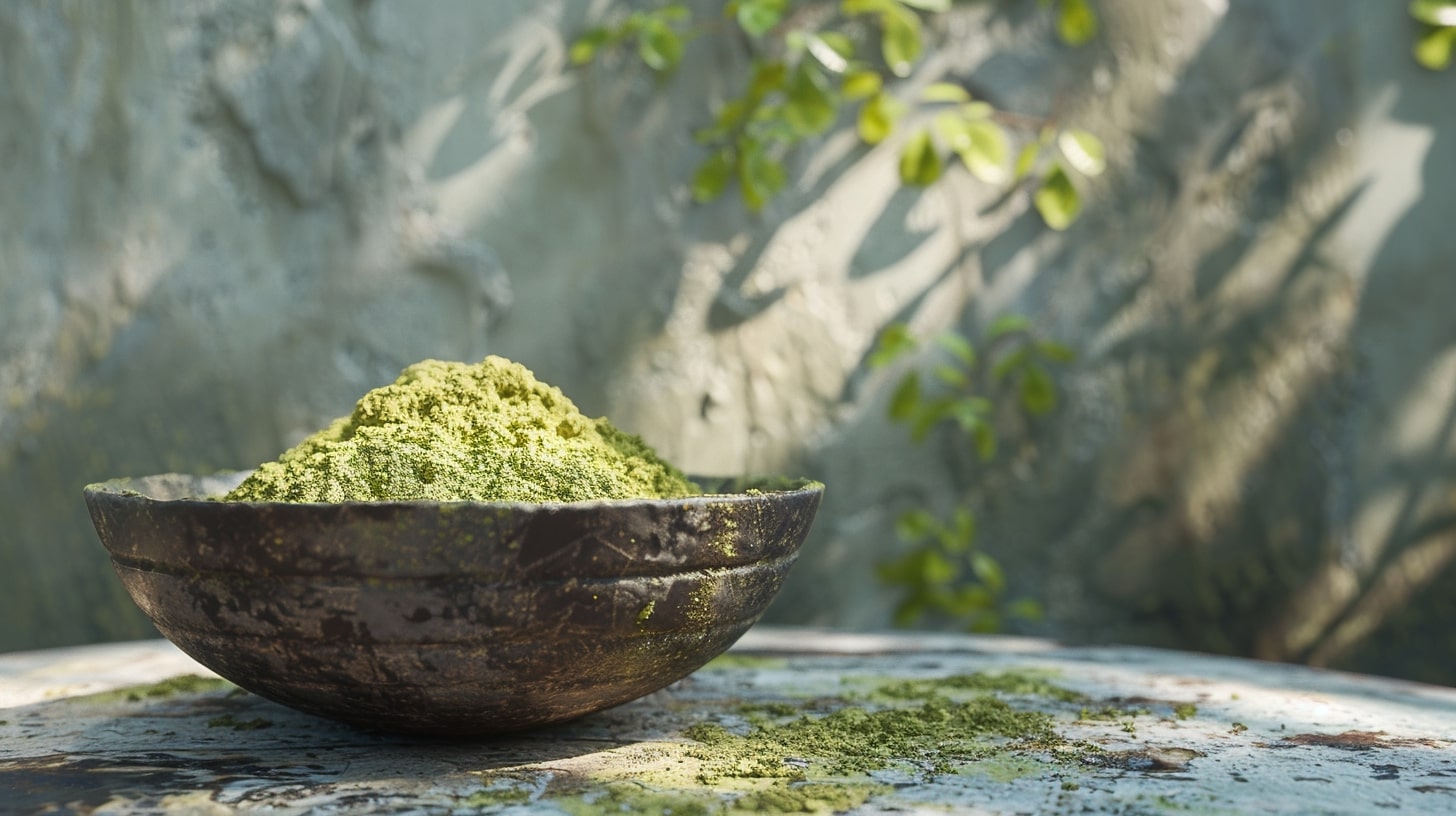
FAQs About Indo vs. Malaysia Kratom
Q: Is Malaysia kratom stronger than Indo kratom?
A: There’s no conclusive research to support one being stronger than the other. Differences are mostly anecdotal and can vary based on plant maturity, processing, and individual responses.
Q: Why is red Malaysia kratom hard to find?
A: Red vein kratom is less commonly harvested in Malaysia, possibly due to environmental conditions or traditional harvesting preferences.
Q: Are there lab tests comparing alkaloids in Indo vs. Malaysia kratom?
A: Some suppliers offer lab-tested kratom, but independent, peer-reviewed studies comparing these specific strains are limited. Be cautious with unverified claims.
Malaysia Kratom vs Indo Kratom - Final Thoughts
When it comes to Indo kratom vs. Malaysia kratom, the distinctions often lie in geography, cultivation methods, and traditional practices. While both originate from Southeast Asia, their unique environments contribute to slight differences in how the plant is grown and processed.
Still, it's important to approach all kratom content with a critical lens. Scientific research into strain differences remains in its early stages, and much of the available information is based on user experience rather than definitive studies.
So, whether you’re researching for academic, personal, or botanical curiosity - stay informed, prioritize safety, and consult professionals when in doubt.
Disclaimer: This article is for informational purposes only and does not provide medical advice.
About Authentic Kratom
Authentic Kratom is your trusted source for premium, lab-tested kratom, proudly serving customers across the U.S. from our base in San Fernando Valley.
Founded in 2013, we set out to redefine the kratom experience—prioritizing quality, transparency, and customer well-being.
- Direct-from-source authenticity – Every strain is meticulously sourced from Indonesia’s finest kratom farms. If we can’t verify its purity, we won’t sell it.
- Uncompromising quality control – Lab-tested for potency, safety, and consistency, each batch comes with full transparency and batch numbers.
- Customer-first approach – Same-day shipping, free standard shipping, and top-tier customer service ensure a seamless experience.
- Industry leadership – As an American Kratom Association member, we adhere to strict GMP standards, advocating for kratom safety and education.
- A brand you can trust – With over 4,000 verified reviews, our reputation is built on real results and customer satisfaction.
At Authentic Kratom, we believe everyone deserves safe, high-quality kratom without the guesswork. Experience the difference with us—where quality, care, and integrity come first.




